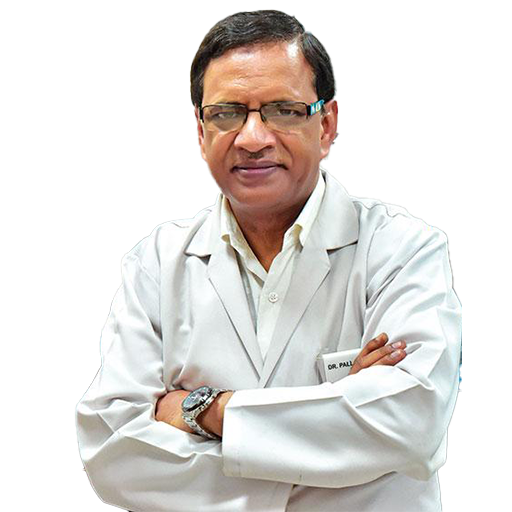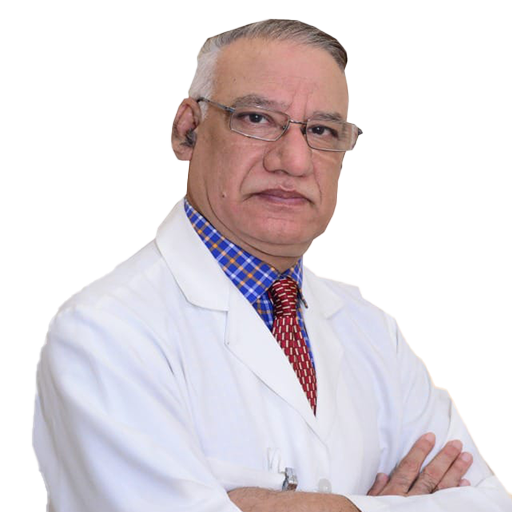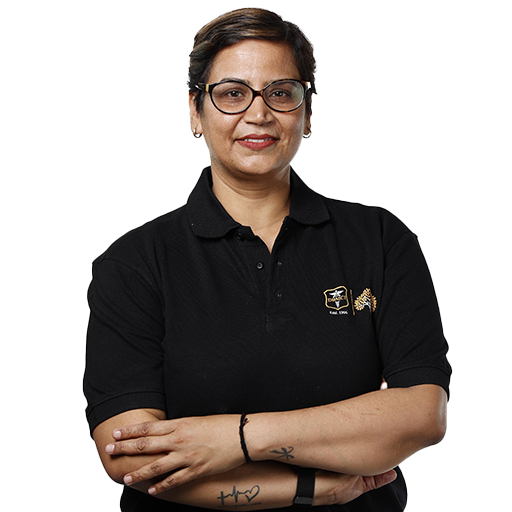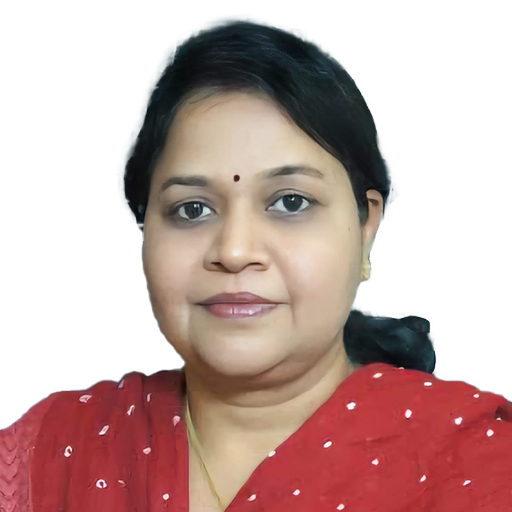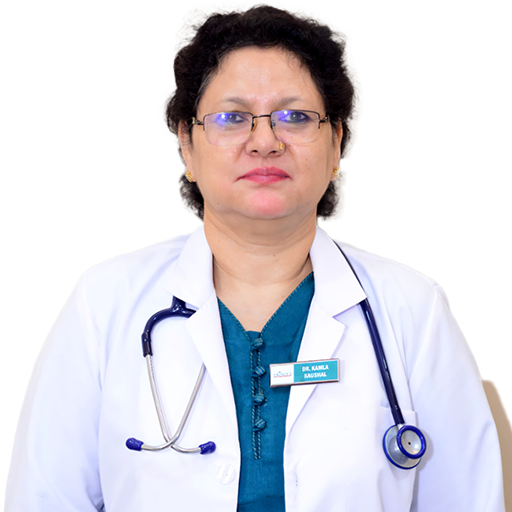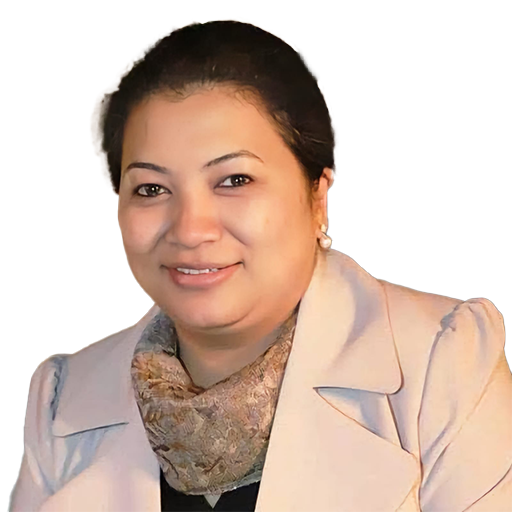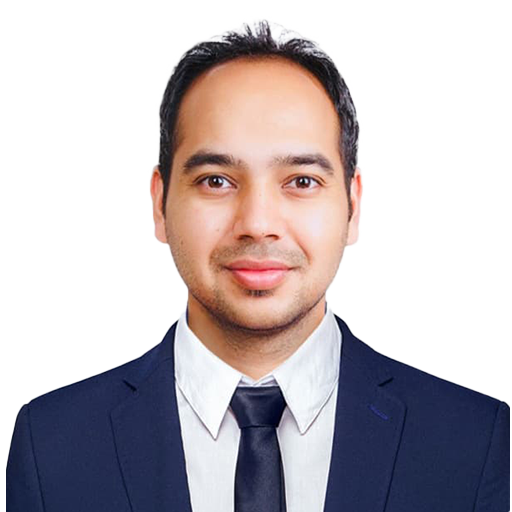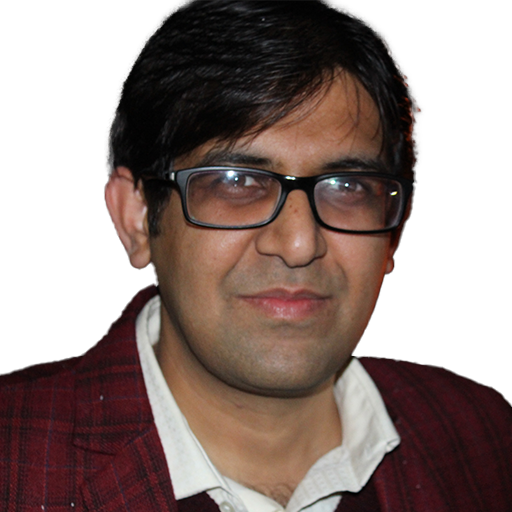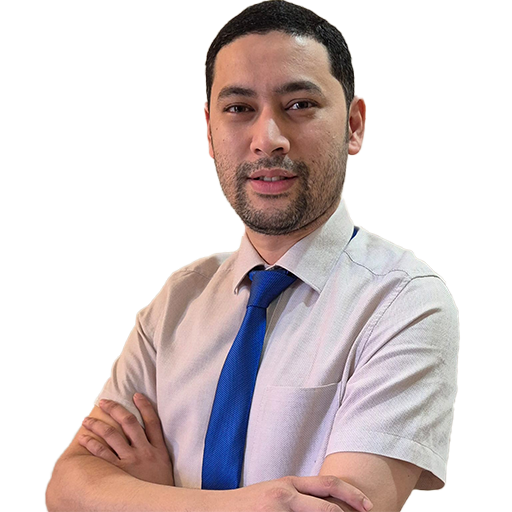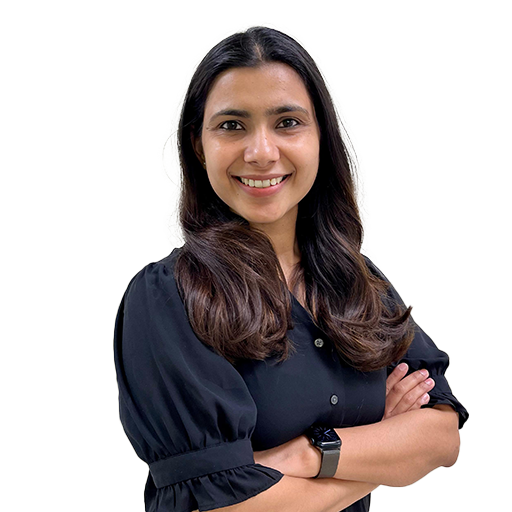Founder's Story
With a PhD and over a decade in academia and medical research, I built my identity on publishing
papers, earning fellowships, and leading government-funded projects. Like many researchers, I
often wondered what happened to the studies we poured our hearts into. We published, we moved
on, but the impact felt distant—almost invisible.
People often asked, “What do you get from authorship—money? Recognition?” I never had a clear
answer. Our work rarely makes the news. No one calls to say your dataset shaped a policy. It was
easy to believe our research stayed buried—read by a few, forgotten by most.
I knew research had real-world value—but hadn’t seen how it travelled. I wondered how evidence
moved from publications to policy, from papers to patient access.
While those answers existed elsewhere too, I found them in the world of health economics and
outcomes research, through the lens of medical communications. Here, I began to see research in
motion—not as a publication endpoint, but as a starting point for informed decision making,
supporting access, and real-world change—often through the hands of policymakers, payers, and
regulators.
Over time, that curiousity turned into contribution - through roles that mattered, in companies
that did too. Just as I was gaining momentum in my career—with structure, stability, and
progress—life at home began to shift. With my young son needing more of me, I stepped away—not
from purpose, but from the pace. That pause gave me room to reimagine. I began reading
more—about systems, evidence, and how our work travels (or doesn’t). Having worked in
multinational and domestic settings, I’d seen excellence across the spectrum. Yet even within
the best systems, I often thought: what if we could keep the standards, but rethink the process?
Not just in how we do the work, but in how we get it done.
Unlike most passing thoughts, this one stayed. It lingered. It grew into notes, frameworks, and
ideas. I kept revisiting and refining. But the idea of building something on my own felt too
big, too uncertain. I wasn’t ready to take that leap of faith. And then, one day, a conversation
with a friend—an expert I deeply respected—gave those thoughts a nudge. Long story short? “You
keep saying you're not ready. But what if you're more ready than you think?” Sometimes, it’s not
a big moment—just the right words at the right time, when you're finally ready to believe it.
The roots had already taken hold—quietly, steadily. All it needed was some light to bring the
first shoots to the surface.
I used to wonder where research went. Now, I help it land—in the places that matter.
Founder’s Bio
Dr. Anshul Sood holds a PhD in Medical Microbiology from PGIMER, Chandigarh, where she primarily
worked on anaerobic bacteriology and antimicrobial resistance. With 10+ years across hospitals,
academia, and industry, she has collaborated across multiple clinical and research specialties,
fostering an interdisciplinary approach which enriched her understanding of disease patterns,
care
delivery, and evidence-based medicine.
To translate her academic research into real-world outcomes, Anshul took on industry roles with
organizations like Parexel and Quantify Research, where, as a Research Scientist, she
specialized in
medical communication and evidence review synthesis for global healthcare clients. These roles
provided her with valuable exposure to HEOR, RWE, and market access landscapes, which was
further
deepened and structured through formal training in Basic Health Economics from PGIMER.
Anshul has authored several publications in peer-reviewed journals, including those by top
publishers such as Springer Nature, Elsevier, and Oxford Academic, along with invited book
chapters,
and serves as a peer reviewer for reputed scientific journals. Her work has been presented at
major
national and international conferences such as ECCMID, Anaerobe, MICROCON, ISAAR, and ISPOR,
earning
recognition and awards.
Publications (First-Author, Past 5 Years)
-
Sood A, Ray P, Angrup A. Anaerobic Gram-Negative Bacteria: Role as a Reservoir of
Antibiotic Resistance. Antibiotics (Basel). 2023 May 22;12(5):942.
doi:10.3390/antibiotics12050942. PMID: 37237845; PMCID: PMC10215933.
-
Sood A, Sharma V, Ray P, Angrup A. Can beta-lactamase resistance genes in anaerobic
Gram-negative gut bacteria transfer to gut aerobes? J Antibiot (Tokyo). 2023
Jun;76(6):355-359. doi: 10.1038/s41429-023-00608-z. Epub 2023 Mar 30. PMID: 36997726.
-
Sood A, Ray P, Angrup A. Antimicrobial susceptibility testing of anaerobic bacteria:
In routine and research. Anaerobe. 2022 Jun;75:102559. doi:
10.1016/j.anaerobe.2022.102559.
Epub 2022 Apr 10. PMID: 35417767.
-
Sood A, Ray P, Angrup A, PGN-033 - Insertion sequence mediated imipenem resistance in
Indian anaerobic bacterial isolates and susceptibility trends in Bacteroides fragilis,
International Journal of Antimicrobial Agents, Volume 58, Supplement 1, 2021
-
Sood A, Angrup A, Ray P, Bala K. Clinical anaerobic infections in an Indian tertiary
care hospital: A two-year retrospective study. Anaerobe. 2022 Feb;73:102482. doi:
10.1016/j.anaerobe.2021.102482. Epub 2021 Nov 30. PMID: 34861364.
-
Sood A, Ray P, Angrup A. Phenotypic and genotypic antimicrobial resistance in
clinical anaerobic isolates from India. JAC Antimicrob Resist. 2021 Apr 17;3(2):dlab044.
doi: 10.1093/jacamr/dlab044. PMID: 34223113; PMCID: PMC8210138.
-
Sood A, Angrup A, Ray P, Bala K. Comparative evaluation of agar dilution and broth
microdilution by commercial and in-house plates for Bacteroides fragilis group: An
economical and expeditious approach for resource-limited settings. Anaerobe. 2021
Oct;71:102443. doi: 10.1016/j.anaerobe.2021.102443. Epub 2021 Sep 4. PMID: 34492368.
Book Chapters



